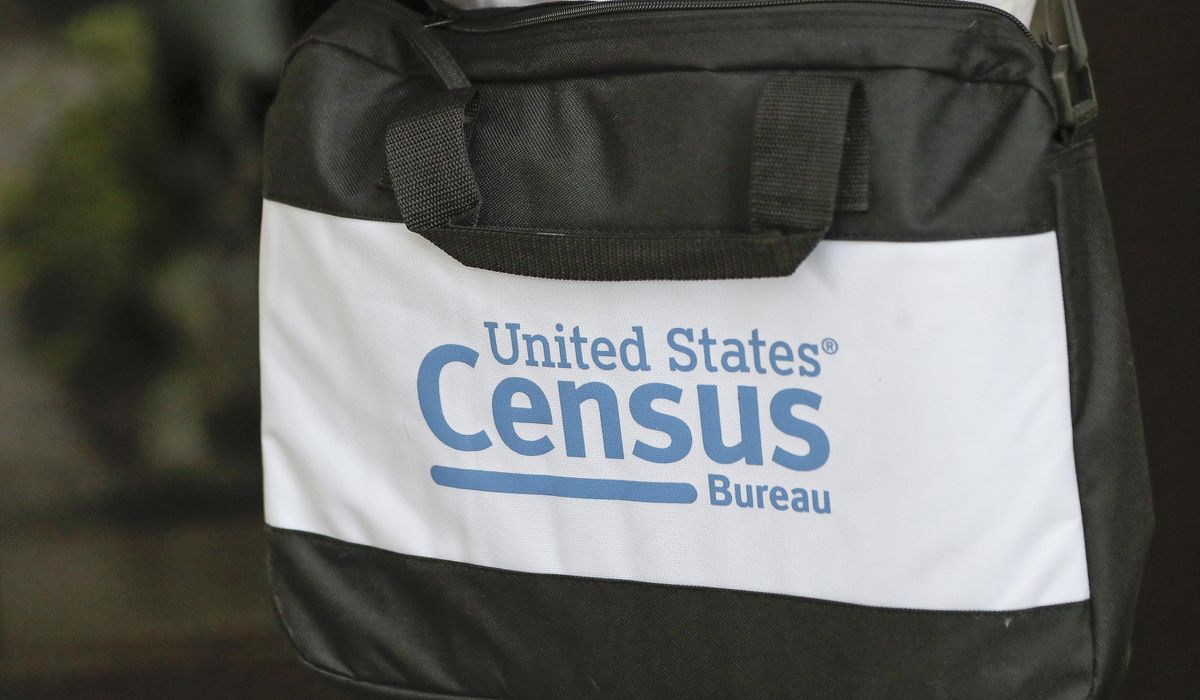


The Census Bureau has predicted for the first time that the U.S. population will decline as deaths begin to outnumber births before the end of this century.
The federal agency reported Thursday that COVID-19, falling birth rates and an aging citizenry will cause the population to drop from an expected peak of nearly 370 million residents in 2080 to 366 million by 2100, barring higher immigration numbers.
Updating its projections from 2017 “to account for the impact of COVID-19,” the 2020 Census and 2022 population estimates, the bureau predicted that it would leave the country with 9.7% more residents than last year at the dawn of the 22nd century.
“The U.S. has experienced notable shifts in the components of population change over the last five years,” said Sandra Johnson, a Census Bureau demographer.
“Some of these, like the increases in mortality caused by the COVID-19 pandemic, are expected to be short-term while others, including the declines in fertility that have persisted for decades, are likely to continue into the future,” she added. “Incorporating additional years of data on births, deaths and international migration into our projections process resulted in a slower pace of population growth through 2060 than was previously projected.”
According to the new projections, long-term birth and death trends confirm that older adults will outnumber children and that White Americans will account for less than half of the population for the first time by the end of this century, regardless of immigration levels.
Changes in the numbers of new immigrants entering the U.S. could change the final count, though.
The Census Bureau estimated that low immigration levels would shrink the U.S. population from its current 333 million people to 319 million by the end of the century.
By contrast, the bureau estimated that the tally would surge to a record 435 million residents under a “high-immigration scenario,” erasing projected declines.
Other key findings:
• Sean Salai can be reached at ssalai@washingtontimes.com.
